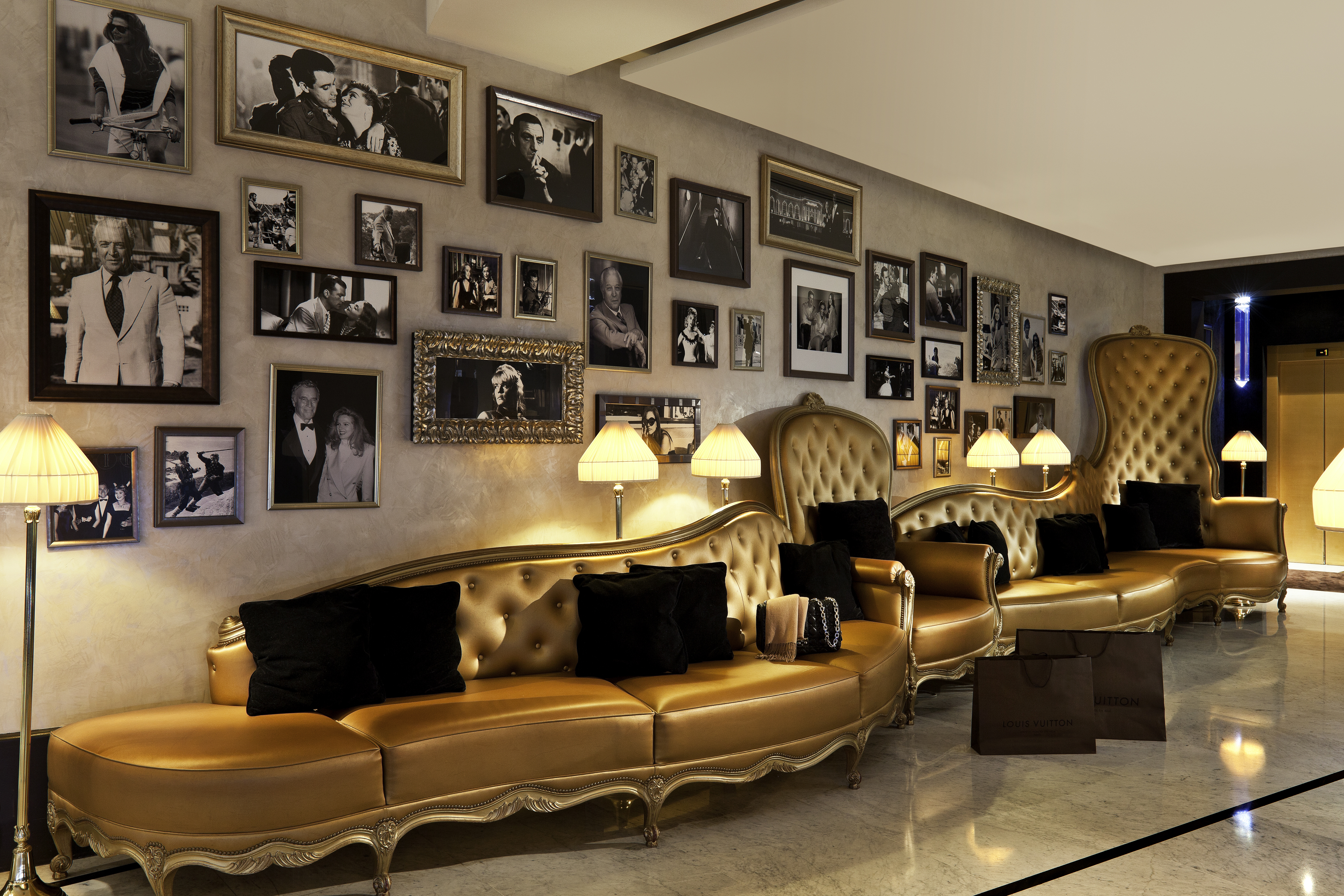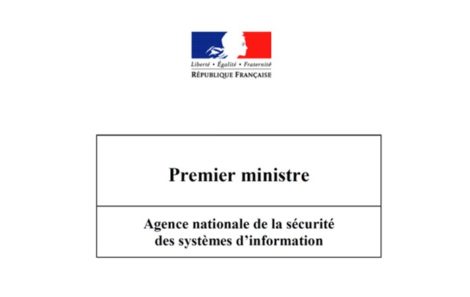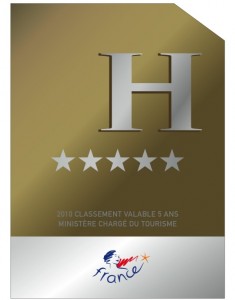Case Study
Protecting and promoting French know-how: Manufactured goods are eligible for protected indication
Until recently, only food, agricultural and forestry could benefit from Protected Geographical Indications (PGI) at European level.
A 2014 French law broadened this protection to manufactured goods as well as natural resources: they are related to a territory based on their specific characteristics, know-how or manufacturing process, and must be controlled by accredited bodies. This French regulatory scheme is based on the PGI one, the main difference being in the approval procedure managed by the French National Institute of Industrial Property (INPI) instead of the National Institute of Origin and Quality (INAO) for PGI.
Geographical Indication for manufactured goods is based on four cumulative elements:
- Denominating a geographical area or specific place;
- Used to designate a craft or manufactured product;
- Originating from this area;
- Featuring a quality, reputation or characteristics exclusively specific to the area.
Geographical Indications authenticate and protect local/regional products, know-how and professionals and therefore contribute to economic, cultural, touristic and social development. To be granted this label of quality and origin, operators concerned by the same product gather together and prepare a requirements document that will have to be approved by INPI. Accredited certification or inspection bodies are in charge of controlling the products. So far, two Geographical Indications have been approved: Brittany’s Granite and Liffol’s Seating.
This French initiative reinforces the traceability and quality guarantees offered to consumers and the French competent authorities are currently pursuing their action to have a European official recognition for those Geographical Indications and broaden their protection.
Photo Credit: Hôtel Fouquet’s Barriere by Jean-Pierre Besse – Credit: Fabrice Rambert





